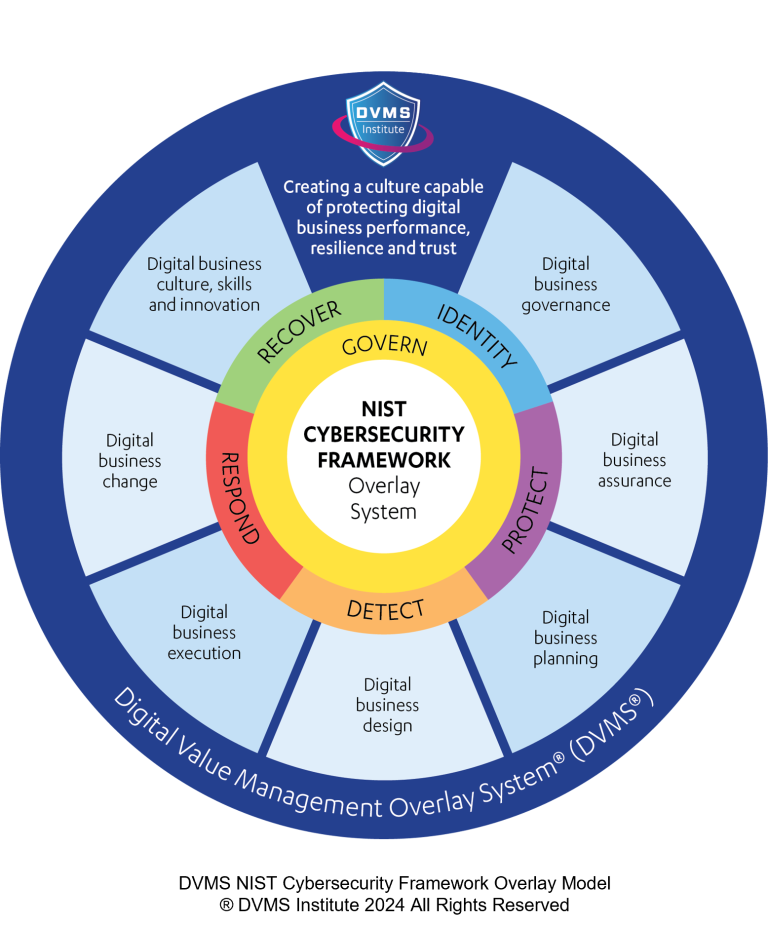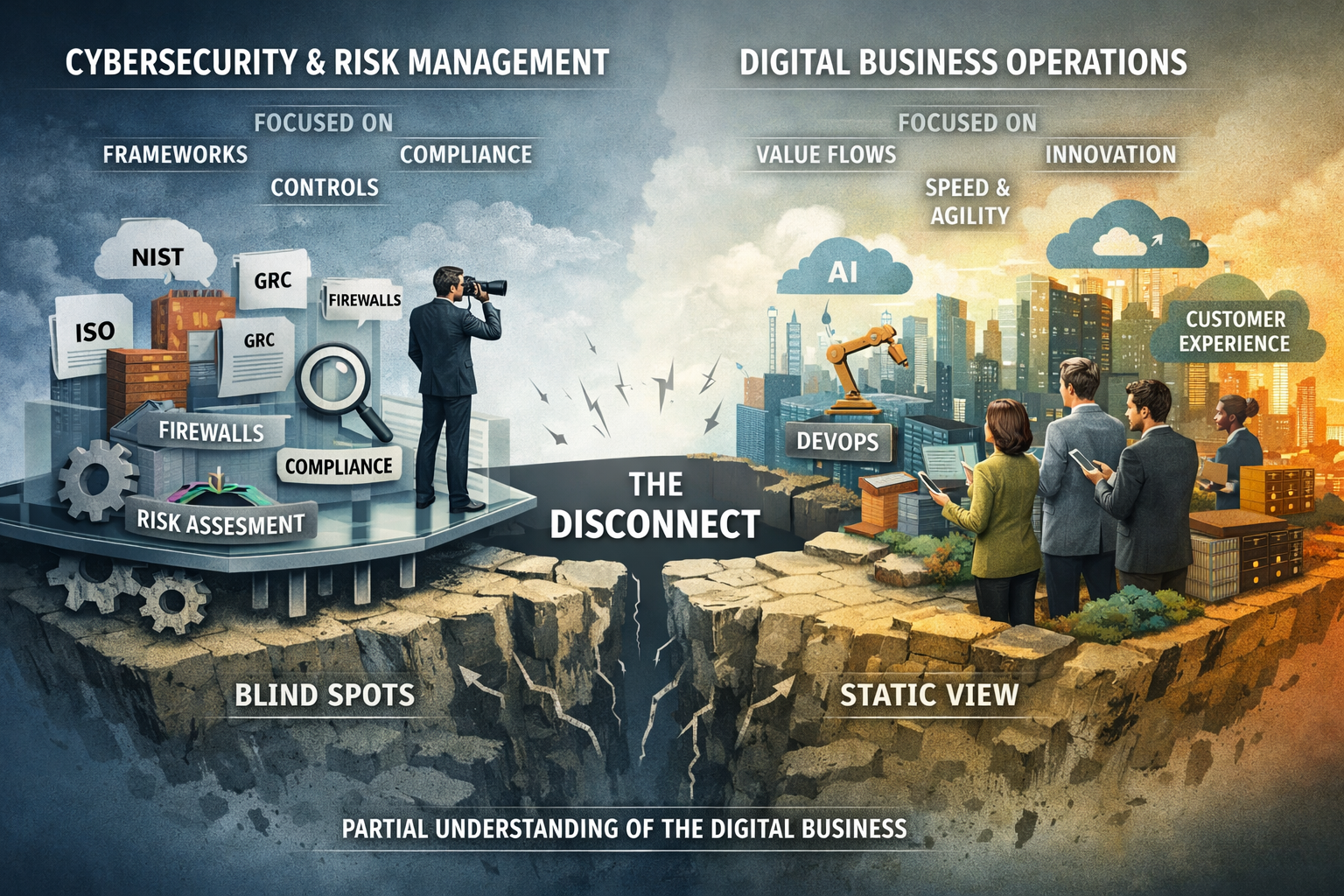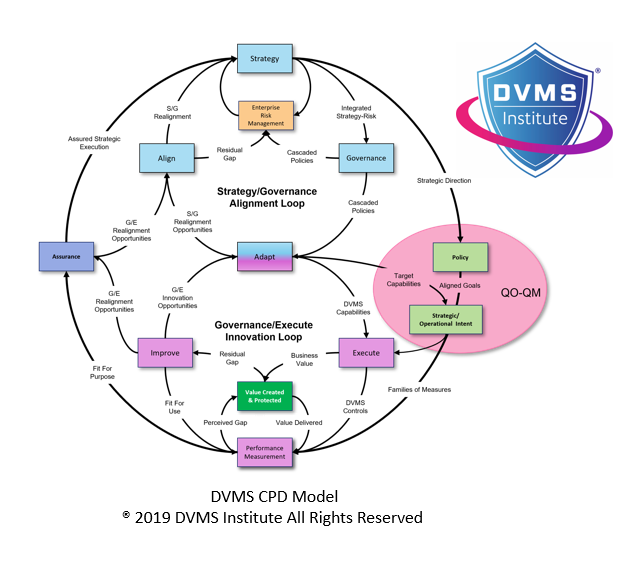Why Cybersecurity Culture Must Be Driven from the Top Down and Not the Bottom Up
Rick Lemieux – Co-Founder and Chief Product Officer of the DVMS Institute
Establishing a robust cybersecurity culture is essential for organizations aiming to protect their digital assets and maintain stakeholder trust. This culture encompasses the collective attitudes, behaviors, and values related to cybersecurity within an organization. To effectively build and sustain this culture, leadership must take a proactive, top-down approach.
The Importance of Leadership in Cybersecurity Culture
Leadership commitment is the cornerstone of a strong cybersecurity culture. When senior executives prioritize and actively demonstrate the importance of cybersecurity, it sets a precedent for the entire organization. This top-down emphasis encourages employees to adopt a mindset focused on protecting digital assets and fosters a sense of shared responsibility. Such leadership involvement not only reinforces the significance of security practices but also empowers employees to take ownership of safeguarding the organization’s digital resources.
Effective Communication Strategies
Clear and regular communication is vital in promoting cybersecurity awareness. Organizations should establish channels to disseminate information about cybersecurity risks, emerging threats, and best practices. Utilizing newsletters, emails, workshops, and training sessions can keep employees informed and engaged. Open communication fosters a culture of trust, encouraging employees to report security incidents without fear of reprisal.
Tailored Employee Training Programs
Investing in employee training is crucial for building a resilient cybersecurity culture. Training programs should be customized to align with the specific roles and responsibilities of employees, ensuring they possess the necessary knowledge and skills to protect the organization’s digital assets. By empowering the workforce through education, organizations can establish a first line of defense against cyber threats.
Continuous Innovation and Assessment
Maintaining a strong cybersecurity posture requires a culture of continuous innovation. Organizations should regularly assess their cybersecurity culture to identify areas for improvement. Implementing feedback mechanisms such as surveys, focus groups, and assessments can provide valuable insights. By actively seeking employee input and making necessary adjustments, organizations can adapt to the evolving threat landscape.
Conclusion
A robust cybersecurity culture is integral to an organization’s strategic plan. By fostering awareness, accountability, and continuous innovation, organizations can enhance their resilience against cyber threats. Prioritizing cybersecurity culture through leadership commitment, effective communication, tailored training, and ongoing assessment ensures the protection of valuable assets, sustains reputation, and secures business continuity in the face of increasing cyber risks.
About the Author

Rick Lemieux
Co-Founder and Chief Product Officer of the DVMS Institute
DVMS Institute is a renowned provider of accredited (APMG International), Assured (NCSC-GCHQ-UK), and Recognized (DHS-CISA-NICCS) NIST Cybersecurity Framework, certification training programs designed to teach organizations of any size, scale, or complexity how to manage their organizational cyber risk and resiliency.
For cyber risk management, the DVMS FastTrack model provides a phased approach to adapting the NIST Cybersecurity Framework functions and its controls across an enterprise and its supply chain to identify and mitigate organizational cyber risks.
For cyber resilience management, the DVMS CPD overlay model provides a holistic approach to connecting digital ecosystem outcomes to organizational culture. This unique approach puts leadership and culture at the center of delivering continuous digital business quality, reliability, and trust.
Rick has 40+ years of passion and experience creating solutions to give organizations a competitive edge in their service markets. In 2015, Rick was identified as one of the top five IT Entrepreneurs in the State of Rhode Island by the TECH 10 awards for developing innovative training and mentoring solutions for boards, senior executives, and operational stakeholders.
® DVMS Institute 2024 All Rights Reserved




